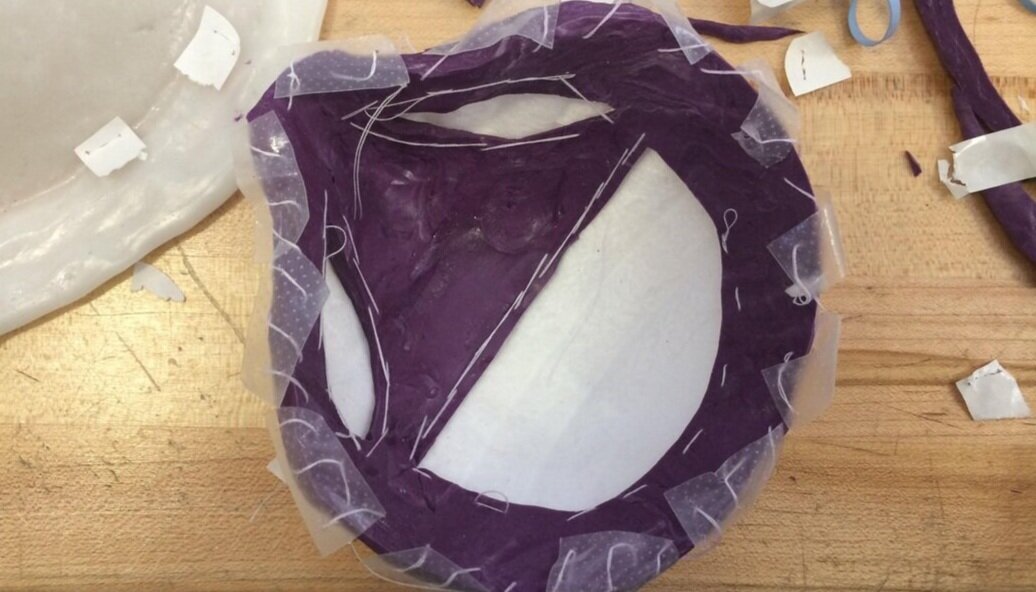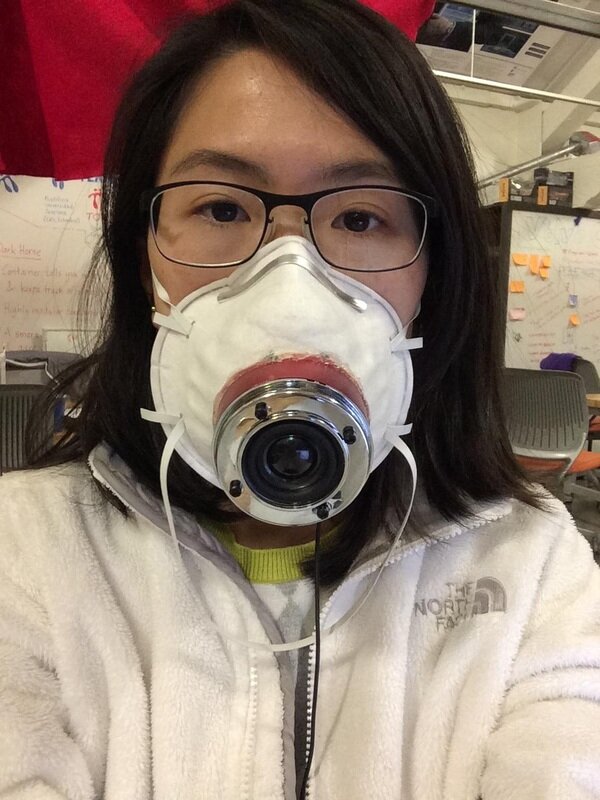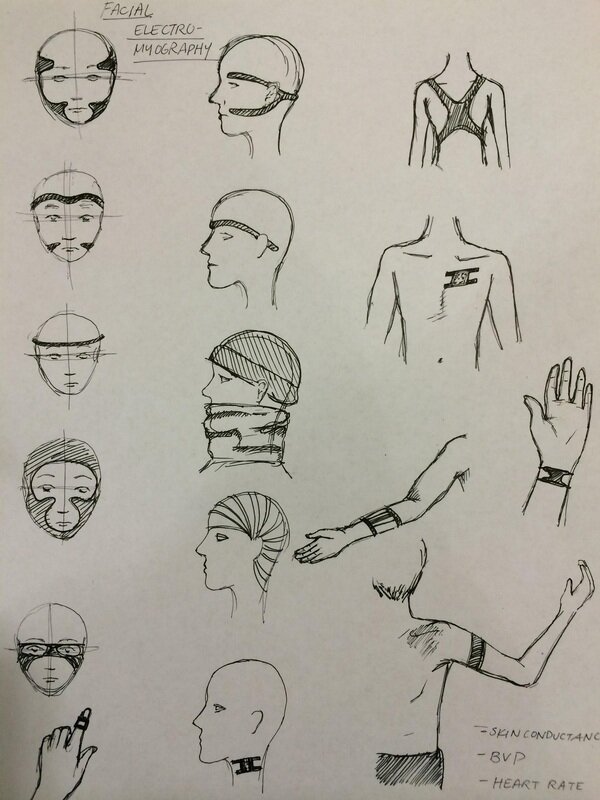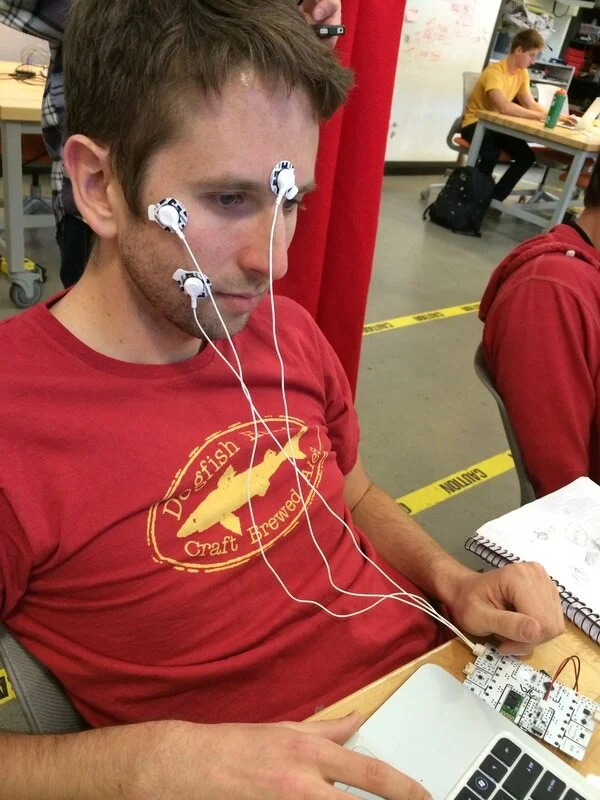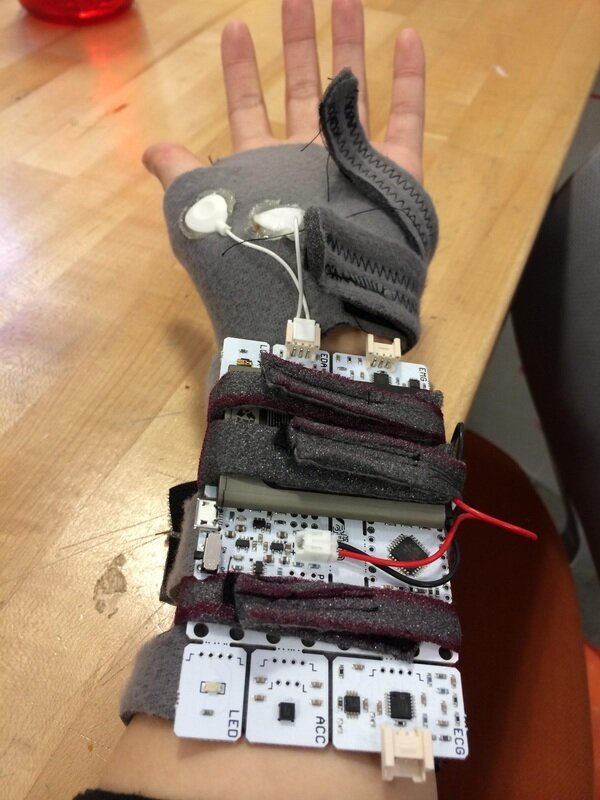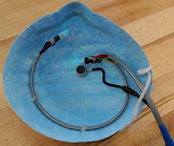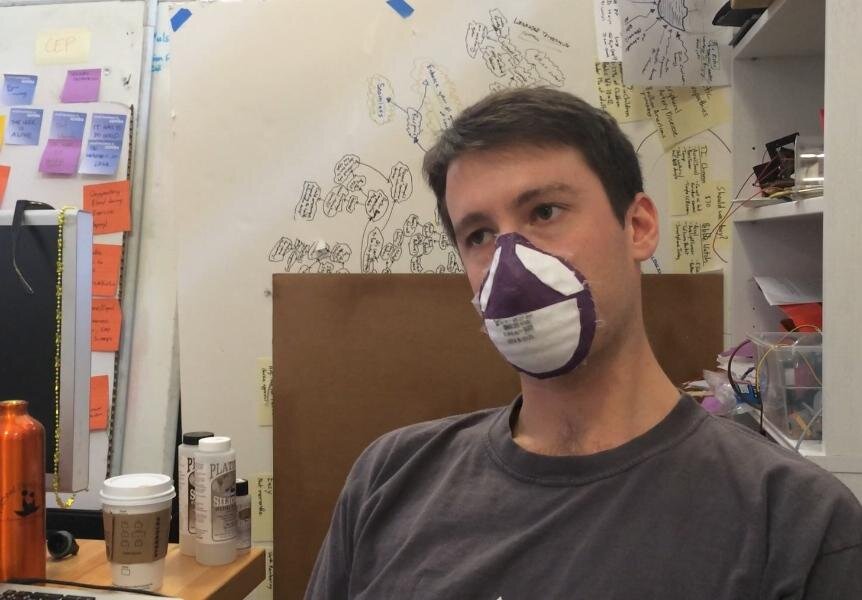
Smart face mask prototypes for a user interaction study.
Project Length: 4 weeks
Focus Areas: Medical Wearables, Ergonomic Design, Voice Recognition, User Interaction, Arduino, Biosensors, Bluetooth
Materials: N95 Masks, Tape, Clay, Foam, Fabric, Assorted Electronics
Partnering with a Chinese design team for Stanford’s ME310 led to the realization of the cultural use of masks to combat both pollution and spread of disease. Though the masks provide protection, they also act as a social and expressive barrier. A series of prototypes was thus developed to explore this design space, including:
Improving mask comfort through material, form, and application changes
Translator mask with speaker and microphone, interfaced with Google Translate app; allows two users to communicate in real-time while speaking different languages
Expressive face mask with microphone and LED that illuminates to indicate the user is speaking or with a color to express current mood
After experimenting with expressiveness, the team continued to expand the idea of collecting and outputting information based on emotional state. The next prototype integrated the use of Bitalino, an Arduino-based package with Bluetooth and the following bio sensors:
EDA (Electrodermal Activity) - galvanic skin response (level of alertness)
EMG (Electromyography) - muscular electrical activity (emotional recognition)
ECG (Electrocardiography) - used to measure heart rate (level of alertness)
Combining Bitalino, a phone app, and facial recognition software, a basic platform was created to measure a user's emotional trends, then categorize and express them via the previously built mask prototype.
